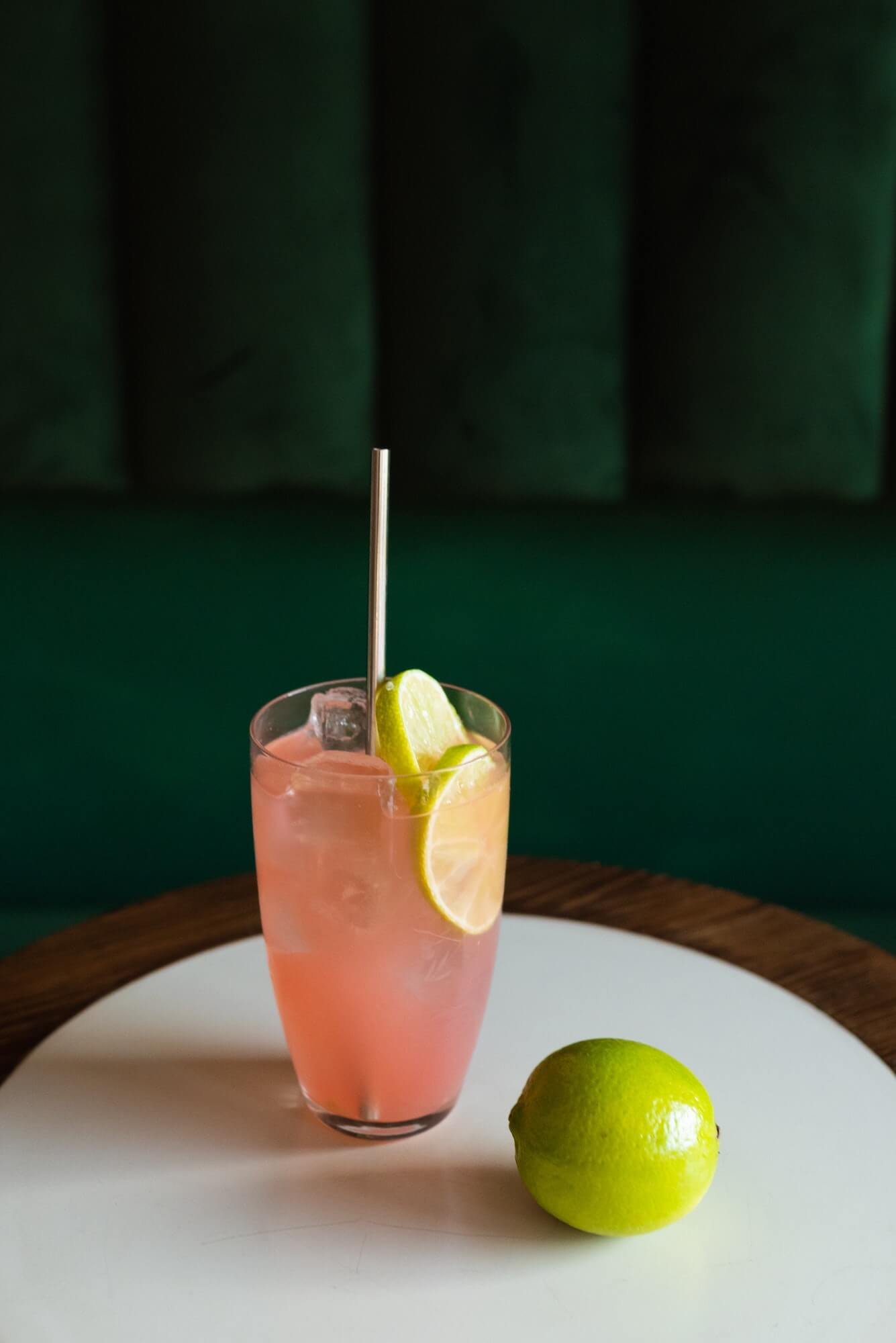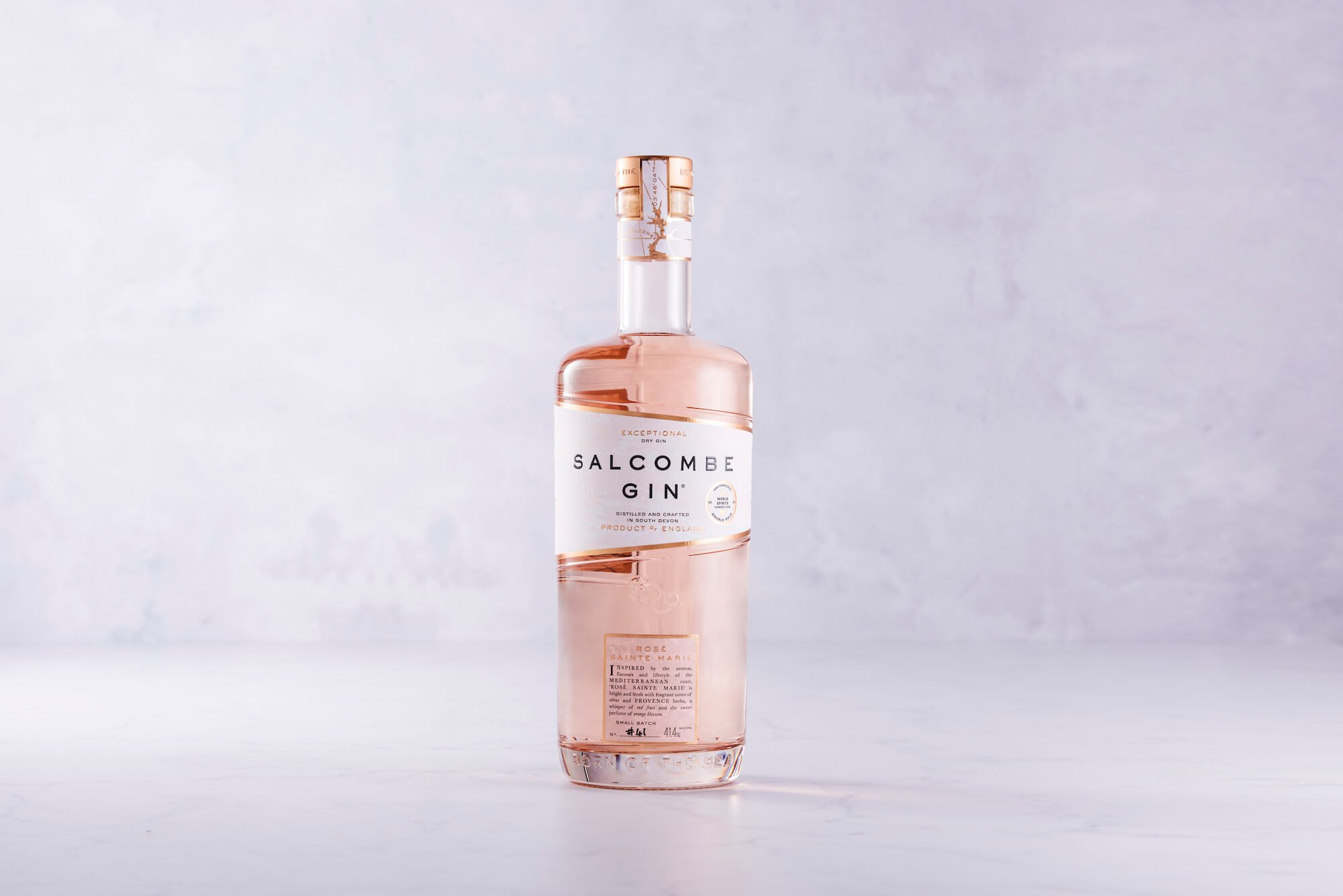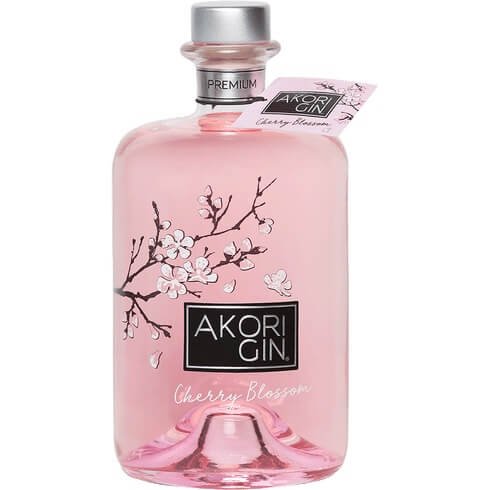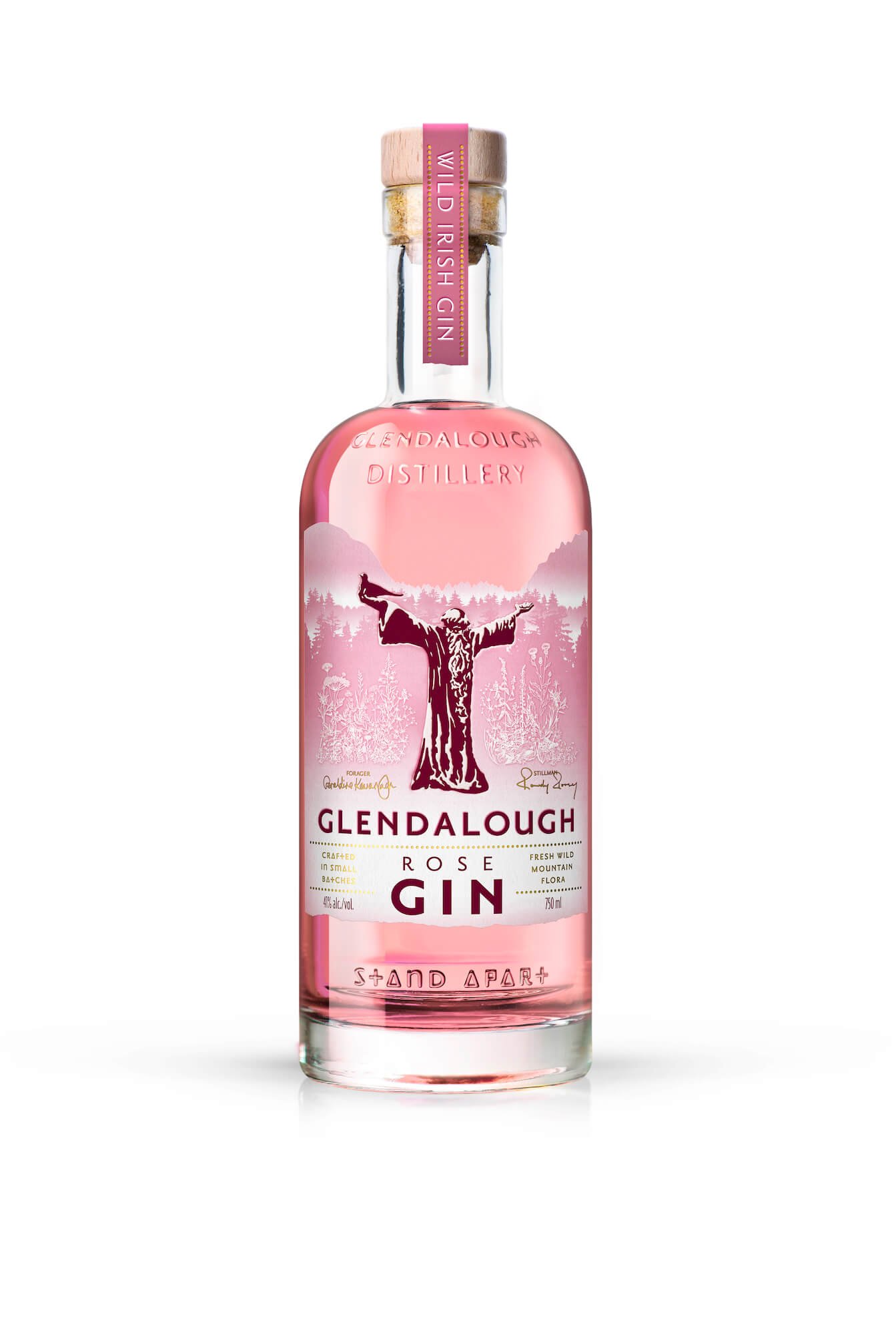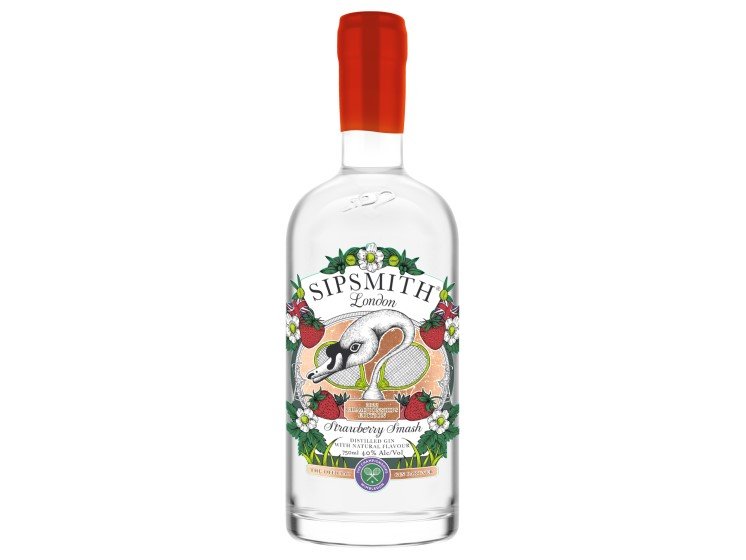What is Pink Gin & Which Ones Are Worth Drinking
Pin gin cocktail
The market is flooded with pink gin. The category grew 16% in 2021, and is expected to grow at a volume CAGR of 4% 2021-2026. But looks can be deceiving. While the base spirit is gin, the flavors and aromas can vary greatly. What started out as a cocktail is now bottled and marketed with plenty of fruit and flowers.
History of Pink Gin
Pink gin has come a long way from its British Royal Navy origins as a primitive cocktail of gin and angostura bitters, served at room temp. Back in the 1820s the gin, reputedly, was added to the bitters, a known cure for seasickness, to make the strong concoction more palatable. Soon the pink-colored bittersweet combination of Plymouth-style gin and bitters caught on, and by the late 1800s, ice, water, lemon, and sometimes tonic were added.
Pink Gin Today
Fast forward to early 21st-century Spain, where copas, or giant goblets, of gintónica are commonly served in bars and restaurants, often heavily garnished with fruits, spices, and other assorted flotsam and jetsam. Gin producers began making fruit- and flower-infused gins to appeal to a broader audience, and the pink color caught on, both around Europe and back at gin’s birthplace, the UK. Says Donal O’Gallachoir, Glendalough Distillery Co-Founder, “The trend of the elevated Gin & Tonic served in goblet glasses and with distinctive garnishes started in Europe. Subsequently, the rise of craft gins and flavored/colored gins took off in those markets quicker.”
Angus Lugsdin, co-founder of Salcombe Distilling Co in Devon, England, says of pink gin, “I would say the category has exploded in the UK…the trouble with them is that most of them are hideous…artificially colored and flavored and loaded with sugar, and actually really don’t bear any resemblance to a gin.”
Luckily, the pink gins that are succeeding in the US market tend to be much more true to gin’s dry and sophisticated side, especially since the TTB regulates what distillers can add to the spirit and still label it “gin.”
We chose some favorites that are available stateside, characterized by their primary flavor and aroma.
Floral & Fruity
Rosé
“I love a glass of dry, Provencal rosé,” says Lugsdin, describing the inspiration for his Salcombe Rosé Sainte Marie, a delicate, dry gin perfumed with strawberries, hand-peeled citrus, herbs, and angelica, plus more delicate additions like orange blossom and verbena. “Through clever use of natural botanicals, you can create something that has a naturally sweeter profile without the addition of sugar.” Look closely and you’ll note that the bottle itself has colored a pale pink. “The bottle is tinted matched to the liquid…which makes the bottle pop and looks very very pretty.” The color also has a UV inhibitor which protects the natural color, derived from strawberries, from fading.
Akori Cherry Blossom Gin
Floral
Cherry Blossom
The Akori line might sound Japanese but it’s actually from Barcelona. A rice-based spirit infused with sakura (cherry blossom), it offers floral notes, plus fresh ginger, kumquat, and the essence of almond. Don’t overwhelm this delicate ginーtry it in a chilly martini.
Glendalough Rose Gin
Rose
Glendalough Rose Gin hails from a glacial valley in Wicklow Ireland, home of a 6th-century medieval monastery, about 90 minutes south of Dublin. Vapor distilled with wild rose petals (to honor the distiller’s late mother and her beloved rose garden), and then infused post distillation with more roses from Mam’s actual garden, the gin shows quite (appropriately) floral, with tones of lemon and red berries. Local botanicals like fresh pine shoots and wood sorrel, foraged from the surrounding misty woods (by the official forager who is named on the label) add a layer of herbal, forest floor notes that keep it from becoming too perfume-y. “The beauty of our [pot-stilled] gin distillation style with fresh botanicals,” says O’Gallachoir, “ is that it results in a complex, multifaceted gin with viscosity.” It’s also a 2021 Gold winner in the NY International Spirits Competition.
Dorothy Parker Rose Petal Gin photo credit Gabi Porter
Back on the American side of the pond, New York Distilling Company releases its seasonal version of their year-round Dorothy Parker Gin each spring, infused with fresh rose petals and elderberries for a pretty, flowery, and aromatic celebration of the warmer months. The Brooklyn-based producer honors New York history in all their limited edition whiskeys and gins, so a liquid nod to Parker, the 20th-century satirist and founding member of the Algonquin round table, fits right in.
Fruity
Malfy Gin Rosa
Grapefruit
Don’t let the color fool you into thinking pink always means sweet. Malfy Gin Rosa, a cousin of the original Malfy Gin created in 2016, distilled near Turin from Italian wheat, is a citrus flavor bomb of Sicilian pink grapefruit, Amalfi coast lemons, and juniper. Make it the centerpiece of a white negroni—dyed pink.
Bombay Bramble Blackberry & Raspberry Gin
Berries
New Bombay Bramble is the classic British name gin juiced up with blackberries and raspberries for a deeply fruity spirit that’s naturally colored with currants and other produce. Labeled in the US as a “flavored gin,” this tart, decidedly unsweet gin looks and tastes great in a gin and sonic (half soda, half tonic) with lemon instead of lime. The bramble also mixes well in sweeter applications, carrying the rich berry flavor without bringing the sweetness of its own.
Sipsmith Strawberry Smash
Sipsmith Strawberry Smash comes out each June, when seasonal strawberries are daintily devoured at Wimbledon. This Sipsmith seasonal is clear, not pink, in color, but the berry flavors are so pure and true that it tastes shockingly pink and we decided to include it! Drink it in a highball while watching tennis.

